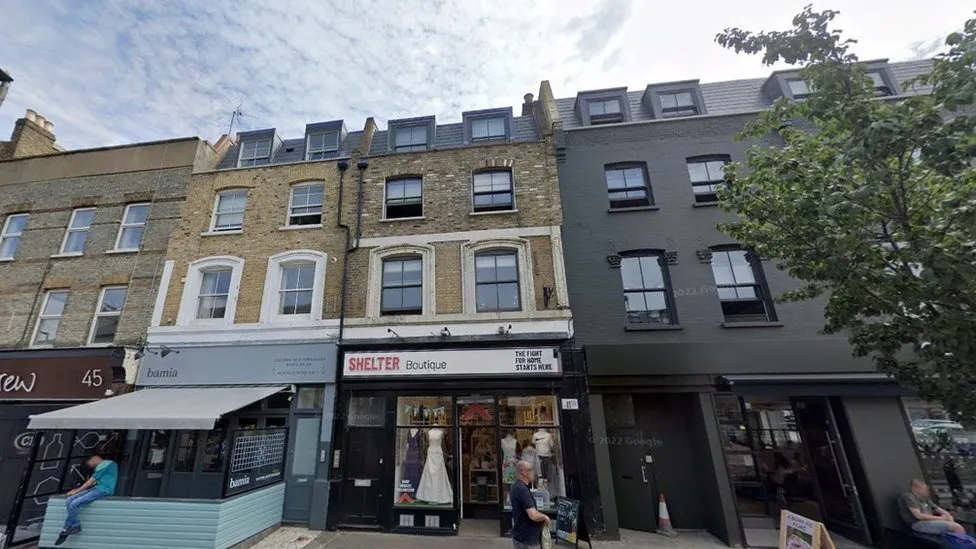
The future of London housing might lie in the sky, as a plot of “airspace” goes under the hammer this month in Battersea, south-west London.
Space at 47 Northcote Road is being offered with a guide price of £10,000.
Despite there being no planning permission to build, auctioneer Phillip Arnold thinks it could fetch more.
The sale listing states the freeholder “will be providing landlord’s consent to develop” on top of the roof of the flat below.
Mr Arnold explained that the plot next door was currently being redeveloped with an additional storey and another, two doors down, had permission for the same.
“You’d like to think there’s a better chance than most with this,” he said.
Located within walking distance of Clapham Junction railway station, the plot sits above two self-contained flats and a ground floor restaurant that is being redeveloped into a café.
The airspace is offered “with vacant possession” and the auctioneer’s website says “a new 150-year lease with a peppercorn ground rent will be granted upon completion”.
‘Phase’ in London’s market
But why would anyone bid on what is essentially thin air?
Mr Arnold, who has been in the auction trade for almost three decades, said it was a cheaper way for people to “have their dream” in a neighbourhood where the average price for a flat is more than £600,000, according to RightMove.
He argued that at a time when house prices and rents were skyrocketing, the plot could make an attractive investment.
Mr Arnold pointed out that although the project would not be “a straightforward build” and there could be extra costs – for example, if a crane was required – the low initial cost for the space gave it “hope value”.
“London has been through a big period of flat conversions. You get phases, and I think this will be one of them and people will just actively look for these things,” he said.
“They’re like buses; it’s the first one I’ve had for ages but about 18 months ago I had nine.
“I think you’re going to see a lot more of them. Sometimes if you’ve got a couple of people bidding the price will go through the roof.”
Property writer Anne Ashworth said the concept of selling airspace was “massive” in places like New York a decade ago, where “one building would sell space to a neighbouring building”.
She has already seen airspace development in parts of central London like Fitzrovia and said this kind of building sometimes “happens when the roof needs doing” if freeholders believe it’s a better option, but she added she was not sure it would become widespread in the UK.
“There is a massive new home shortage,” she said, “so maybe it’s a way to make this happen – at some point as mortgage rates start to fall maybe people will look for these things”.
Ms Ashworth said that while it might be the case that “the only way is up” for development in the capital, she would advise those renting top-floor flats to “start thinking whether this could be happening” to them in the future, if the freeholder sold the rights to the roof.
The auction takes place online on 7 December.
Original Post from bbc.com


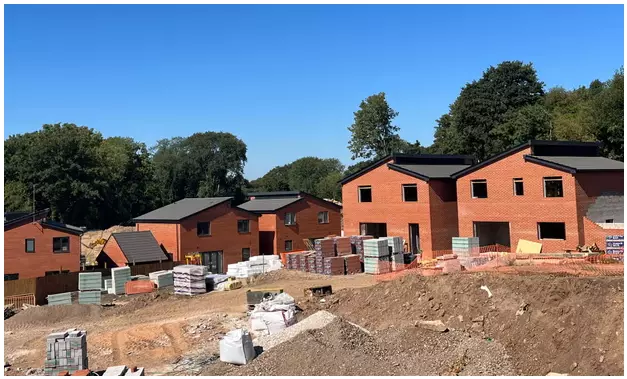


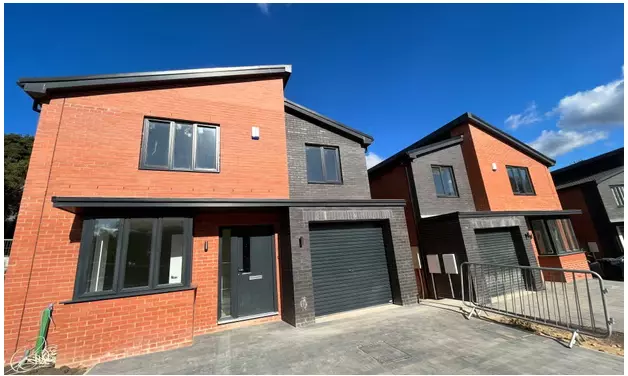
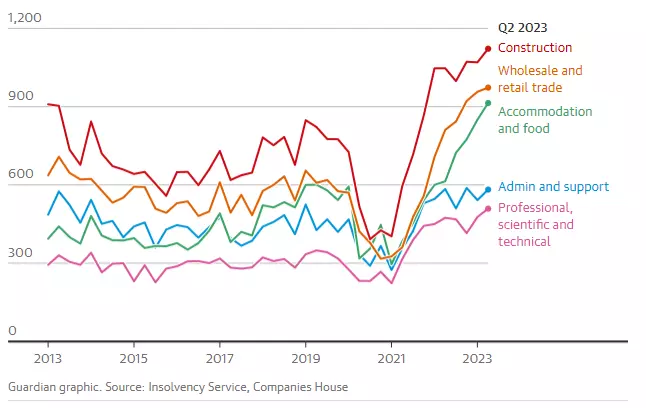 The effects are being felt at the building materials suppliers Travis Perkins and Marshalls, which have both warned of lower profits in recent months.
The effects are being felt at the building materials suppliers Travis Perkins and Marshalls, which have both warned of lower profits in recent months. 
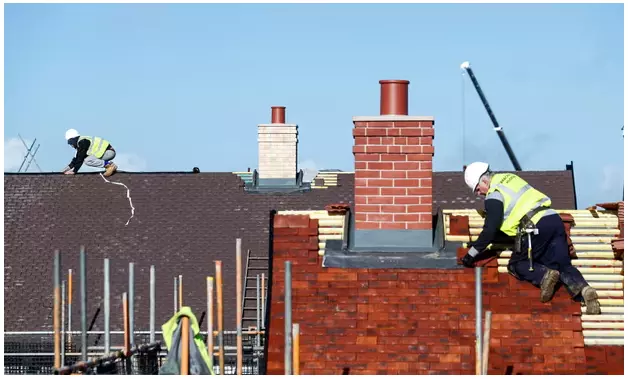

 Julie Ford, who is a mediator at PRS Mediation, says a female landlord has been in touch with her to ask her for help with a problem and during the discussions revealed she was named as guarantor for her own tenants.
Julie Ford, who is a mediator at PRS Mediation, says a female landlord has been in touch with her to ask her for help with a problem and during the discussions revealed she was named as guarantor for her own tenants.
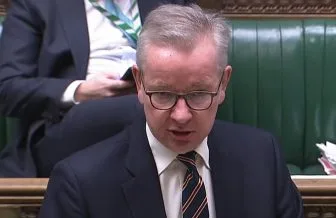
 Blakeway said his special investigation into L&Q found that “resident concerns were repeatedly dismissed or poorly handled, without the respect they or their issues deserved. Crucially, the needs of vulnerable residents were not always identified, and too often this caused serious detriment and risk to them”.
Blakeway said his special investigation into L&Q found that “resident concerns were repeatedly dismissed or poorly handled, without the respect they or their issues deserved. Crucially, the needs of vulnerable residents were not always identified, and too often this caused serious detriment and risk to them”. “This is unacceptable,” he said. “You have stopped listening to your residents’ voices, and failed to deliver the service that they should expect … in some cases you were described as having been ‘heavy handed’, ‘dismissive’ and even ‘callous’ and ‘confrontational’ … You must take immediate action to remedy these severe failings.”
“This is unacceptable,” he said. “You have stopped listening to your residents’ voices, and failed to deliver the service that they should expect … in some cases you were described as having been ‘heavy handed’, ‘dismissive’ and even ‘callous’ and ‘confrontational’ … You must take immediate action to remedy these severe failings.”

 Responding to comments by Gove, suggesting a delay to energy efficiency proposals for the private renter sector, Ben Beadle, chief executive of the National Residential Landlords Association, expressed concern.
Responding to comments by Gove, suggesting a delay to energy efficiency proposals for the private renter sector, Ben Beadle, chief executive of the National Residential Landlords Association, expressed concern.


